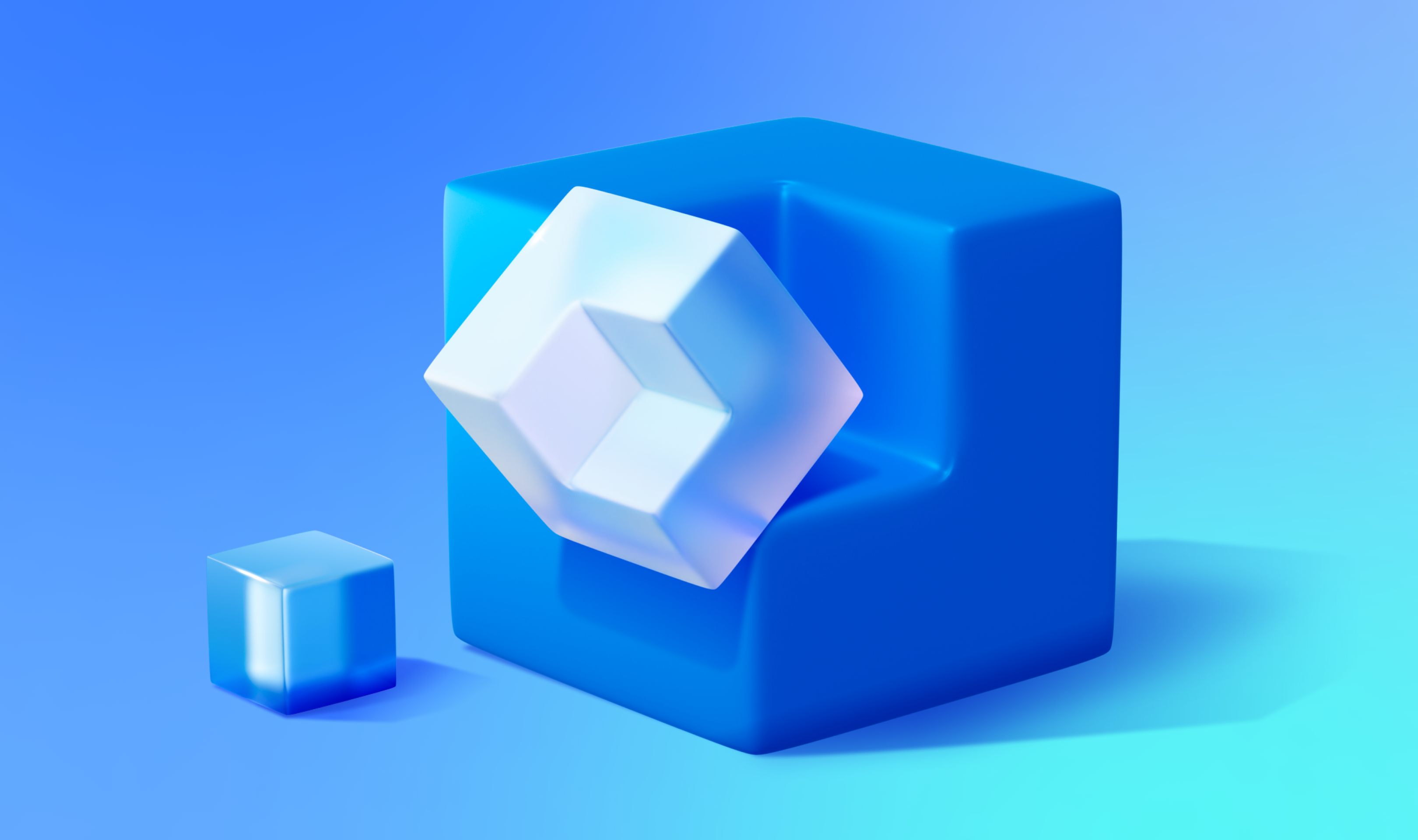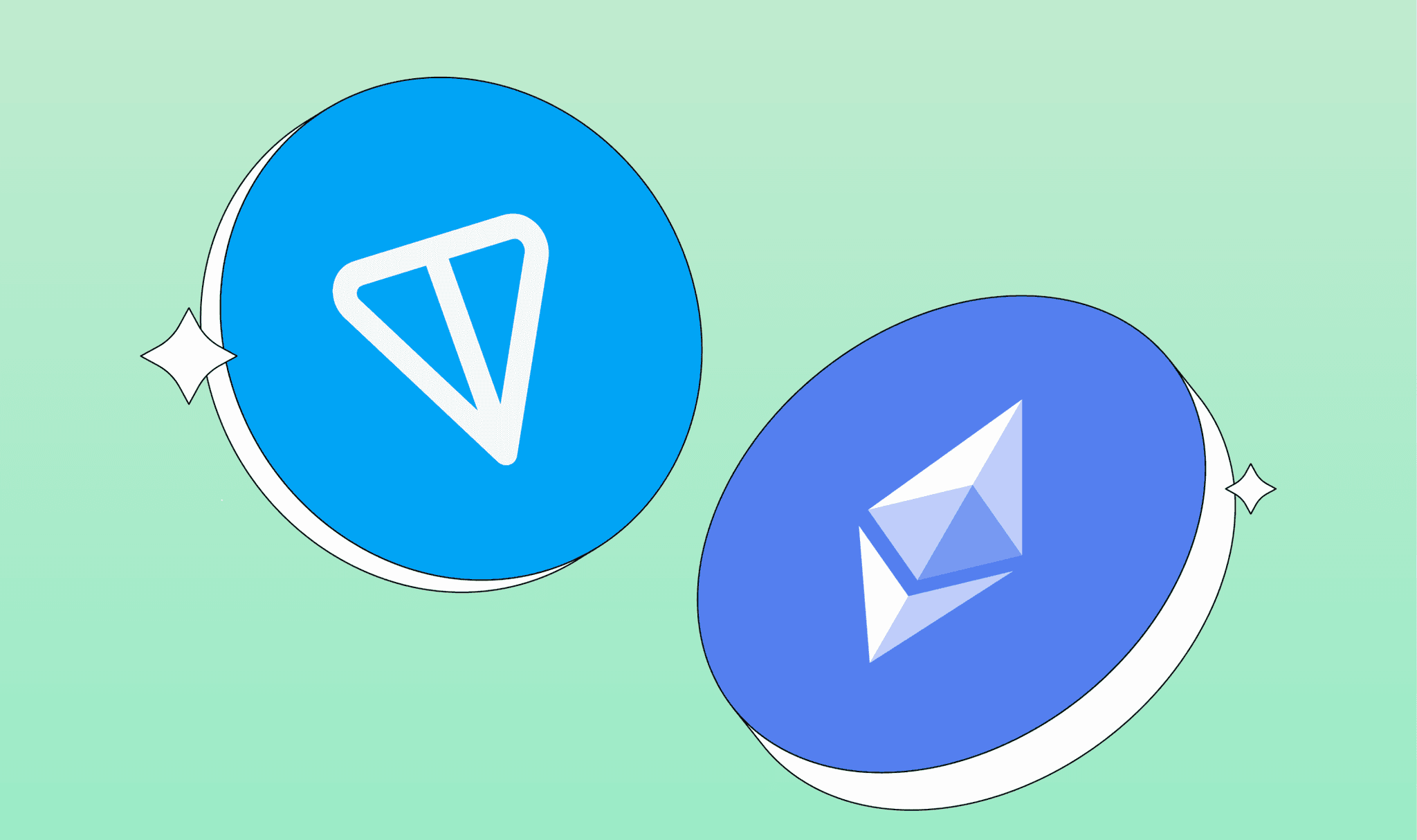Why interoperability is key to unlocking blockchain’s full potential

Imagine trying to send an email from Gmail to someone using Yahoo, only to have it disappear into the void. That would be ridiculous, right? Now, picture that same scenario in the world of blockchain. Without interoperability, different blockchains can’t “talk” to each other, creating silos where transactions, apps, and assets are isolated inside their own ecosystems.
This is what makes interoperability a game-changer. It’s the bridge that connects various major blockchain networks, making the entire ecosystem more useful, scalable, and accessible. It allows networks to connect, communicate, and share data. Whether it’s for decentralized finance (DeFi), gaming, or NFTs, interoperability allows the digital economy to thrive across platforms.
The Open Network (TON) was built with the goal of bringing more people into blockchain—and that vision requires seamless interoperability. Let’s break down why interoperability is so important to the future of the decentralized web.
What is interoperability
Think of each blockchain network as a separate country with its own rules, currency, and language. Ethereum, Solana, Bitcoin, and TON are all unique ecosystems that, in their native state, can’t easily exchange assets or data between them. This fragmentation limits blockchain technology.
Interoperability removes these barriers, allowing blockchains to work together instead of in isolation. It allows assets and data to flow freely across different networks, giving users the freedom to move beyond a single network and take advantage of the best features each one offers.
Want to trade an asset from Ethereum to TON? Interoperability makes that possible. Need to move liquidity between DeFi protocols on different chains? No problem.
Approaches to enhance blockchain interoperability
Interoperability in blockchain typically relies on a few methods. While there are overlapping functionalities, each approach offers different ways to enhance connectivity, liquidity, and usability:
1. Cross-chain bridges
Cross-chain bridges enable the movement of tokens between supported blockchains. Solutions like Symbiosis and Stargate facilitate the process, ensuring liquidity flows seamlessly. For example, users can bridge USDT from Ethereum to TON using these services.
Another step we’ve taken towards an interoperable future is TON Teleport BTC, which allows Bitcoin holders to move BTC into the TON ecosystem for use in decentralized applications (dApps) and Telegram Mini Apps. Unlike traditional wrapped BTC solutions, TON Teleport BTC operates without intermediaries, making it a decentralized bridge for Bitcoin.
👉 Explore cross-chain bridges on TON
2. Interoperability standards
Interoperability standards go beyond simple asset transfers by providing a standardized framework for cross-chain communication. For example, we’re working with protocols like Axelar to enable TON to transfer assets and data effortlessly across blockchains.
This approach helps prevent liquidity fragmentation, ensuring that assets remain consistently accessible and usable across networks rather than being deployed in multiple bridged forms.
A user-friendly vision for everyday Web3 adoption
TON and its cross-chain tools turn virtual assets into a universal payment rail. It allows you to:
- Effortless cryptocurrency bridges: Move assets effortlessly between Ethereum, Solana, and other supported blockchains to TON in seconds, with native bridges. No complex processes, just simple, seamless transfers.
- Payments via messaging: Send cryptocurrency directly to any Telegram contact with no fees through the Wallet app. Payments become as easy as sending a message.
- Stability and scalability: Stablecoins like USDT ensure reliability with their 1:1 USD, while TON’s low fees and speed make micropayments practical for everyday use, especially in Telegram Mini Apps.
Now, consider the effect of interoperability in reward-based titles on TON, like Fitton. You could:
- Transfer in-game rewards for other valuable items in different blockchains.
- Purchase in-game items using USDT from other blockchains by bridging them to USDT-TON.
- Trade virtual assets on open marketplaces that work across chains.
- Create a more connected gaming economy where digital goods hold long-term value.
The same application in gaming is possible with numerous blockchain applications, including NFTs.
Interoperability isn’t optional—it’s the present and future of blockchain
Blockchain was never meant to be a collection of isolated networks. Its true potential lies in connection, where assets, applications, and users move freely across different ecosystems. A blockchain that connects to others creates a smoother user experience, a stronger ecosystem, and more real-world utility. With interoperability, future blockchain transactions could become as simple as buying a coffee, splitting bills, or sending remittances through text messages. TON will continue exploring interoperability to simplify blockchain interactions.
Interoperability isn’t a luxury, it’s a necessity. By connecting blockchains and breaking down silos, we can unlock blockchain’s full potential and usher in a new era of dApps and digital assets.
Disclaimer: The Open Network (TON) does not promote, support, or endorse any third-party cryptocurrency projects, tokens, or initiatives. Any claims of affiliation or endorsement by TON are false and should be disregarded. Participants are encouraged to conduct their own thorough research and exercise caution when engaging with third-party projects or platforms. TON assumes no responsibility or liability for any actions, investments, or decisions made in relation to such projects.

